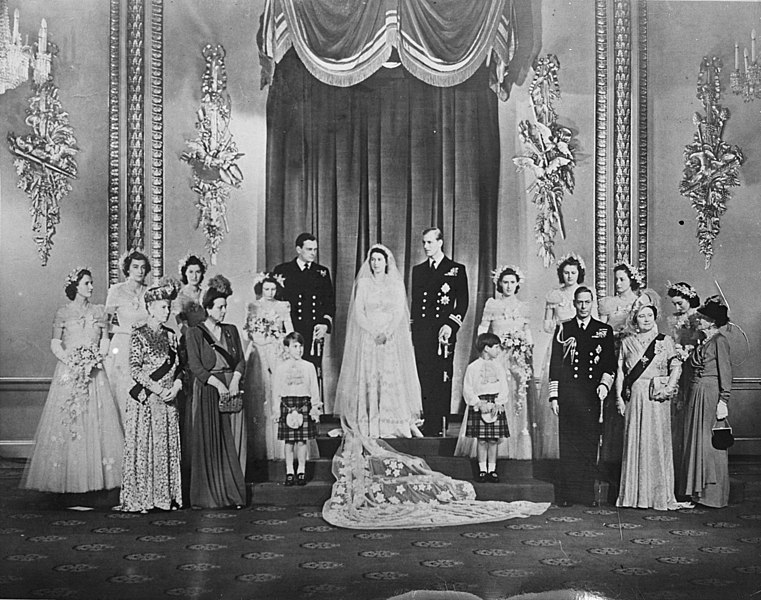
Royal weddings tend to have a lot in common. They usually take place in huge, historic churches with brides decked in acres of white fabric and heirloom tiaras and grooms in military uniform, followed down the aisle by hoardes of bridesmaids and pageboys. Traditions must be observed while protocols are dug out and dusted down as the familiar pattern of this family celebration turned into a spectator event is played out. But there is always one part of a royal wedding where a bride can really stamp her personality and that’s her flowers. For while her wildest dress dreams might be tempered by centuries of expectation, her flowers are her own. And the Queen was no exception. When she married, as Princess Elizabeth, on November 20th 1947, her bouquet was very much in her mould.
For this bride wanted orchids. The exotic, delicate and rare flower is among the most prized in the world and for this wedding bouquet for a queen in waiting, three types were specially grown in the run up to the big day.
The Queen’s posy contained species grown in the UK. White cattleya, odontoglossum and cypripedium orchids were brought together in a freeform bouquet that added a touch of opulence to a wedding that took place against a backdrop of post war austerity.
In the language of flowers beloved by Queen Victoria, the ancestor this bride would eventually overtake to become the longest reigning Monarch in British history, the orchid symbolises love. It also stands for beauty and strength as well as luxury.
Elizabeth may well have wanted to follow the tradition begun by her mother who famously placed her own wedding flowers on the Tomb of the Unknown Soldier in Westminster Abbey. However, before that was possible, the bride’s bouquet went missing. Between Westminster Abbey and Buckingham Palace, the flowers disappeared, never to be seen again. Instead, the bride and groom had to pose for another set of photos after their wedding when a replacement could be created. Since then, a new tradition has sprung up. All brides at big royal weddings have a back up bouquet on hand.

